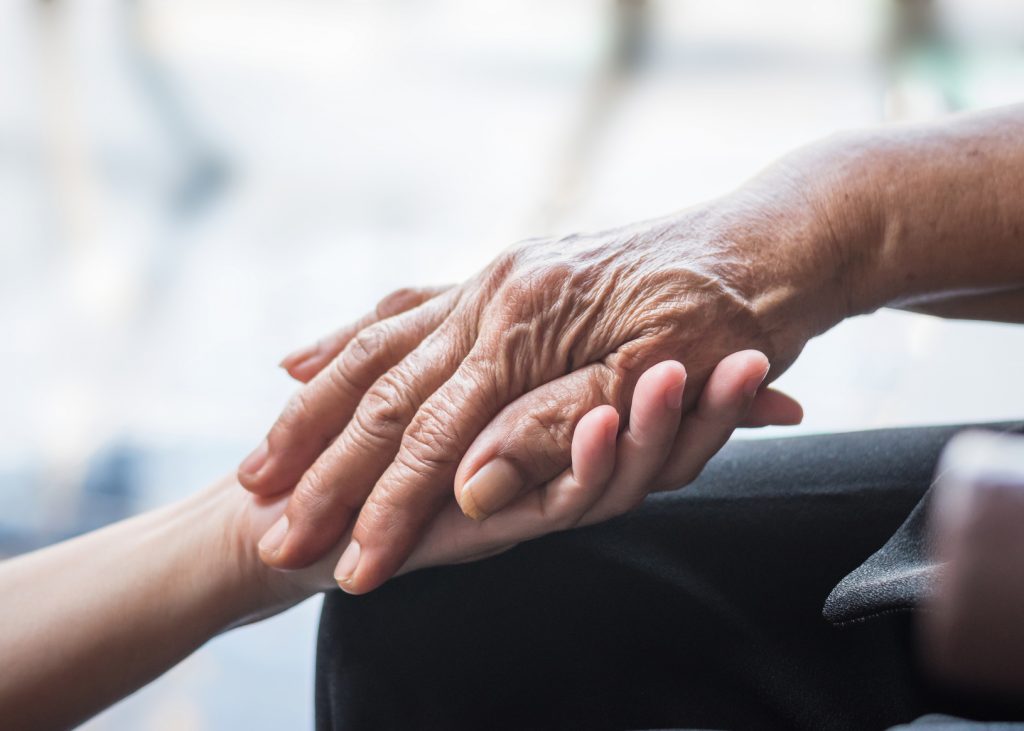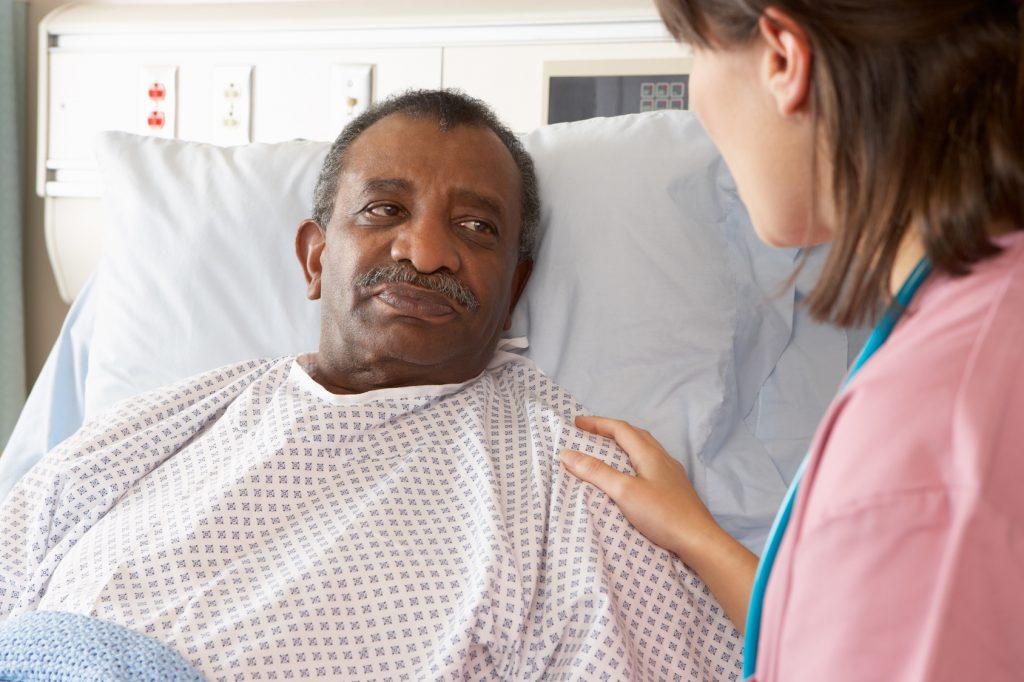advanced practice
TagBoth Political Parties Can Agree on Working to Solve the Looming Nurse Shortage
Without an effort from both sides of the aisle, America’s health system may be pushed past the breaking point.
APRNs Prove Vital to Improving SNF Care
New research has shown hiring APRNs to lead nursing home care teams can improve the way facilities handle “basic” needs such as mobility, hydration, medication management, and communication.
Certified PAs Enhance Hospice and Palliative Care
With the number of Certified PAs growing 44% in just six short years, this workforce can help meet the demand for medical providers in the area of palliative care.
According to This Doctor, NPs Are Not the Cure for Rural Health Woes
““Apples and oranges” does not even come close to comparing the levels of knowledge and training between nurse practitioners and physicians,” says Dr. Sudhakar Madakasira.
Maximizing Reimbursement: What Nurse Practitioners Need to Know
As NPs treat greater numbers of patients, they must take steps to ensure that they are properly reimbursed for their services.
Survey: Most Nurse Practitioners Help Decode Medical Info for Their Patients
88% of NPs surveyed said they spend at least half of appointment times educating patients on diagnoses, treatments, and prescriptions.
Kim’s Blog: Some Days… You Just “Do What You Can Do”
Have you ever felt days where, despite your best efforts, patients just followed their own course? Whether or not this would lead to potentially worse outcomes? These are the days when you “do what you can do.”
Dave Mittman’s 10 Things PAs Wish NPs Knew About Them
Dave Mittman, PA, DFAAPA, gives his list of 10 things he would say to an NP to help them better understand PAs.
NPs Get Stressed, Too! How They Can Manage It.
Being a Nurse Practitioner can be physically taxing and emotionally arduous. Here are 11 self-focused strategies to reduce that stress.
Life as a Traveling PA
Curious about locum tenens work as a PA? Here’s a handy list of things you might want to know.






